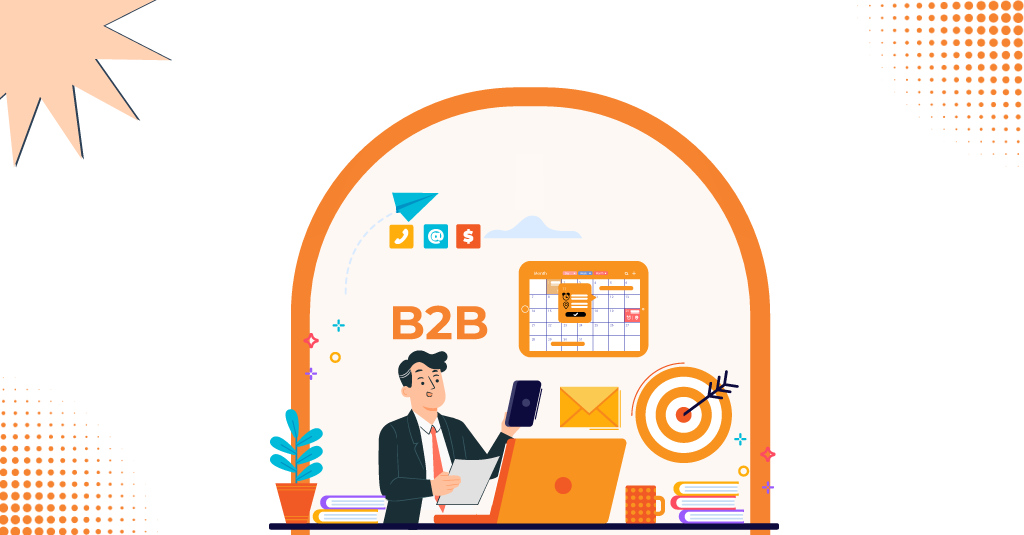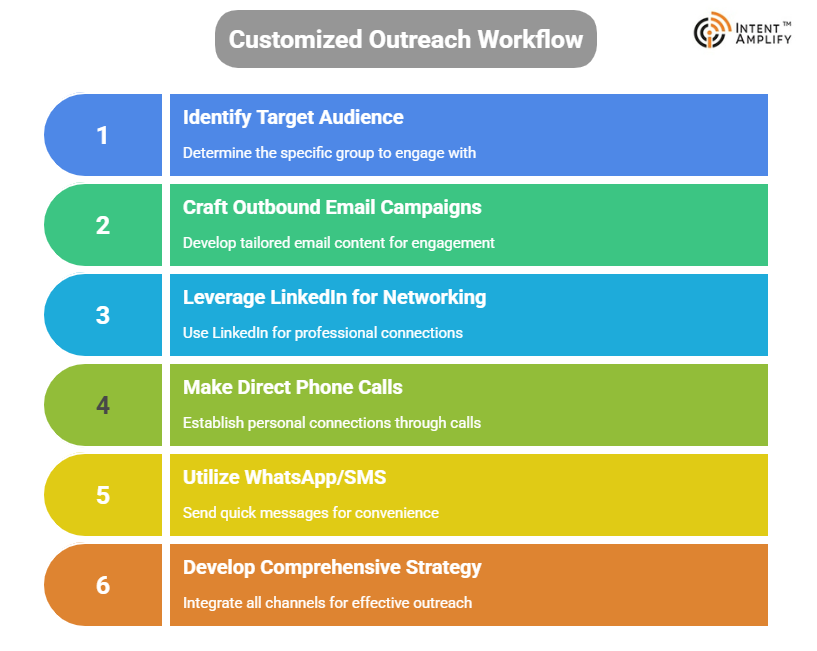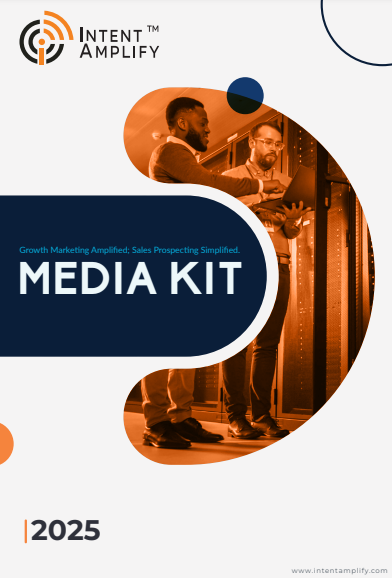
Next‑Gen B2B Appointment Setting: Tactics, Funnel Strategy & 2025 Trends
- Last updated on: July 11, 2025
In 2025, B2B appointment setting is no longer merely cold calling or blasting emails. It is a sophisticated technique, influenced by tighter budgets, extended sales cycles, and more decision-makers. More is required of companies than persistence; they require precision.
Buyers today expect value at every touchpoint. This means more research, more relevance, and more timing. A Gartner report indicates that 75% of B2B buyers now anticipate hyper-personalized sales interactions. Meanwhile, 63% of marketing chiefs indicate their outreach is not supported by data foundations for the kind of personalization they need.
B2B brands such as Nerdy Joe and Belkins.io are reshaping appointment settings with smarter workflows, omnichannel engagement, and detailed funnel audits. This guide deconstructs the top strategies, workflow designs, optimization tricks, and new trends to assist marketers in succeeding in 2025.
The Science Behind High‑Performing Appointment Setting
High-performing appointment setting isn’t a matter of brute force. It’s a matter of orchestration.
Omnichannel Outreach
email, LinkedIn, voice, SMS, and even WhatsApp perform 3x better than single-channel strategies, says Belkins.io’s Q1 2025 report. It engages prospects where they’re most active, not where marketers are most comfortable.
Employ a CRM or sales engagement platform to schedule the outreach cadence. A well-designed outreach sequence ensures that no prospect slips through the cracks and every conversation provides incremental value.
This is a sample of a simple 10-day cadence:
Day 1: Begin with a tailored email stating your value proposition and introducing yourself. Keep it brief and on point.
Day 3: Send a LinkedIn connection request followed by a tailored message. Mention a shared interest or mutual connection if possible.
Day 6: Follow up with an email that includes a case study or a quick success story from your niche. Reinforce the value with evidence.
Day 8: Attempt a phone call. Even if it goes to voicemail, a professional, concise message shows persistence and interest.
Day 10: Send via WhatsApp or SMS if you’ve got permission or pre-engagement to send a reminder or brief check-in.
This pattern utilizes variety and timing. It establishes several touchpoints of engagement with fewer instances of message fatigue. Each channel supports the message in an alternate form, raising the likelihood of response.
The actual secret to this orchestration is how every step progresses from the previous one. Follow-ups allude to prior communication. Messaging adapts depending on interaction behavior. Utilizing the appropriate tools and discipline, this cadence turns cold leads into warm conversations.
To win, appointment setting requires more than tools, it requires consideration in coordination between teams and touchpoints. When each touchpoint helps and reinforces the others, you’re not pursuing leads, you’re building momentum. The that momentum begins by recognizing the starting point: your funnel.
Auditing & Preparing Your Funnel
Appointment setting begins with a clean, intelligent funnel. Before reaching out, you require clarity as to who you are targeting, how accurate your data is, and whether your message is addressing real pain points. The funnel isn’t merely a pipeline; it’s the roadmap for all outreach activity.
Assess your ICP (Ideal Customer Profile): Begin by establishing your best-fit customer. This encompasses:
- Industry: Which verticals consistently create a pipeline?
- Job Titles: Are your prospects senior decision-makers or mid-level influencers?
- Tech Stack: Do your prospects work with tools that align with or integrate into your solution?
Refresh your ICP every quarter based on changes in buyer behavior or product-market fit. Out-of-date ICPs result in wasted touches and off-message messaging.
Measure list quality: Your contact list is the starting point for your outreach. Clean it off:
- Email validity rate: Maintain bounce rates below 3%.
- Bounce trends: Low bounce rates improve domain health.
- Enrichment depth: Add firmographics, technographics, and intent data in real-time.
Use reliable tools such as Clearbit, ZoomInfo, or Apollo to keep records up to date.
Review your sequences: Inspect structure, tone, and performance.
- Are messages properly spaced?
- Is there true personalization outside of “Hi [First Name]”?
- Do subject lines create curiosity or relevance?
- The key here is to perform a quarterly SWOT analysis (Strengths, Weaknesses, Opportunities, Threats) on your appointment funnel. Engage marketing and sales to have visibility across the full funnel.
Monitor the following key performance metrics:
- Open rate (2025 benchmark: ~42%)
- Response rate (10–12% is typical)
- Meeting booked rate (aim for 3–5%)
A well-analyzed funnel eliminates guessing. It refines your outreach, enhances conversion, and increases confidence in your appointment-setting.
Creating Customized Outreach Workflows
Appointment setting is not a one-size-fits-all activity. Every outreach channel, like email, LinkedIn, phone call, SMS, or WhatsApp, requires a distinct strategy. Successful teams design workflows that are customized per channel but aligned with the overall cadence.
Outbound Email
Begin with a short, value-focused framework. Your initial email should include:
- A personalized hook related to the prospect’s industry or occupation
- A value statement of clarity: what’s in it for them?
- One concise CTA, like “Open to a quick call next week?”
- Keep the message at or below 120 words, and craft a subject line with relevance, not hype.
Don’t leap into messaging without a background. Begin by engaging with the prospect’s content likes, thoughtful comments, or shares. Then:
- Send a personalized invitation to connect with a reason for reaching out.
- After being connected, reach out with useful content, such as a report, a case study relevant to their needs, or a short video.
- Space out your interactions by 2–3 days to avoid spamming the inbox.
Phone Calls
Calls remain effective if executed correctly. Schedule them mid-morning (9:30–11:30 AM) or mid-afternoon (2–4 PM) based on timezone reasoning. Before making a call:
- Check the latest engagement or intent indicators (e.g., email opens, LinkedIn interaction).
- Develop brief scripts and objection-blocking responses.
- Always leave a brief voicemail stating your name, value, and a reason for a call back.
WhatsApp/SMS
Use messaging apps only after existing engagement or express consent. These media are optimal for:
- Instant appointment reminders or confirmations.
- Rescheduling options.
- Transmitting meeting links or calendar invitations.
- Messages must be less than 160 characters and always medium-aware, never pitch-centric.
Sync Your Workflow
True power lies in arranging the workflow. Follow up an email with a LinkedIn message. Back a call attempt with a brief WhatsApp check-in. Every channel should repeat the same value story, adapted to the style and tone of the medium.
When your outreach is unified, prospects sense direction, not coercion. Customized workflows are what convert disjointed outreach into rational, buyer-focused journeys.
Nurturing: Confirmations, Agenda & Reminders
Getting a meeting time slot is not equal to closing the deal; it’s the midpoint.
The success of your appointment-setting campaign is directly correlated to what occurs once a meeting is reserved, as it is on the way it was scheduled.
Inadequate post-booking communication can cause last-minute cancellations, failed appearances, or inadequately prepared attendees.
Start by scheduling the meeting as soon as possible. Send a confirmation email that contains a calendar invite with the time, meeting link, and attendees included. Make use of automation where possible, but not at the expense of the message feeling personal and considerate.
Second, set up a disciplined reminder rhythm that keeps the meeting front-of-mind:
- One reminder seven days in advance, to solidify the commitment.
- A second reminder 24 hours in advance to encourage preparation.
- A final reminder an hour prior, ideally via WhatsApp or SMS if pre-approved, to confirm attendance.
Rescheduling options must be added in every message to lower friction. Providing an easy-to-reach reschedule link boosts trust and keeps the conversation going even when timing gets tricky.
Along with logistics, value delivery is essential to nurturing. Send a simple 2–3-day advance agenda to establish expectations.
It should include the topics for discussion, call duration, and desired outcomes. Couple the agenda with one or two supporting assets, e.g., a case study, a customer success story, or a brief demo video. These assets maintain the prospect’s attention and the know-how.
According to McKinsey, 71% of consumers now expect companies to deliver personalized interactions, and 76% become frustrated when those expectations are not met.
Nurturing is not an afterthought. It’s the transition between interest and commitment, and one that makes a booked meeting an actual opportunity.
Post‑Appointment Follow‑Up Ops
What comes after the meeting is as critical as the meeting itself. Whether the call goes off without a hitch, gets rescheduled, or doesn’t occur at all, the post-appointment process is your chance to maintain momentum or catch up on lost ground.
Reschedules and No-Shows Work-around
Not all prospects will make it, and that’s alright. The issue is what you do when they don’t. Always follow up professionally, not pressure. A diplomatic email, followed by a quick call and a reschedule link, can get the lead re-engaged. Make it convenient for them to choose a new time.
If the meeting was entirely missed, try sending a brief feedback survey or a simple question: “Was there something we could have done differently?” These answers tend to provide feedback that can fine-tune your ICP or strengthen your messaging approach.
Feedback for Ongoing Improvement
Even following a successful call, there is an opportunity for improvement. Ask prospects if the meeting delivered as they had hoped, or if they benefited from the information. The feedback loop enhances both sales and marketing alignment and makes future interactions better.
Reinforcing Value Post-Call
Each follow-up is an opportunity to reiterate value. Write a personalized email that summarizes important points of conversation, offers supplemental content (like a product guide or relevant article), and clearly states a next step.
Depending on the call, you may:
- Provide a trial or demo of a product
- Suggest another team member to work with cross-functionally
- Offer a follow-up meeting with an expert on the topic
In some cases, a soft upsell or referral request based on mutual value discussed during the call can open new doors.
Emerging Trends in 2025
In a mature sales process, no conversation ends without a purpose. Whether you’re advancing a deal, learning from feedback, or uncovering a new opportunity, effective post-appointment operations ensure that every interaction moves the relationship forward.
As B2B appointment setting comes of age, engagement rules are shifting once more. Technology, buyer behavior, and regulatory requirements are transforming outreach and what it means to be successful.
Conversational AI as the New SDR Frontline
AI assistants are now more than chatbots on a website. In 2025, conversational AI software will qualify leads in real time, overcoming objections and scheduling meetings across platforms.
Voice-enabled scheduling assistants
Especially for high-volume or top-of-funnel prospecting. Regie.ai and Drift GPT can now handle multi-turn conversations with startling accuracy, mimicking human interaction. These assistants do not supplement your SDRs but increase their availability and range.
By automating repetitive work, conversational AI frees human reps up to handle complex, consultative selling, improving productivity as well as velocity to lead.
Streaming Voice and Text Redefine Touchpoints
Today’s B2B purchasers are engaging at numerous levels of communication, and single isolated emails will not cut it. That is why forward-thinking groups are adding streaming voice and short-form text content to their workflows.
- WhatsApp and LinkedIn voice notes are becoming tailored alternatives to cold calls or long emails. They add tone, sense of urgency, and authenticity in under 30 seconds.
- SMS check-ins are gaining popularity post-meeting or in reminder series, especially when speed is of the essence.
Low-effort, high-impact micro-touchpoints like these do not need immediate engagement, but they create familiarity, which is imperative where there are long-cycle B2B sales.
Given evolving privacy laws like GDPR, CCPA, and the CPRA, what “smart outreach” means has evolved to being ethics-based. Appointment setting success in 2025 is no longer just about .
Conclusion
Gone are the days of modern appointment setting as a numbers game; it’s now a strategy-infused discipline based on precision, personalization, and process. In today’s complicated B2B world, guesswork and brute persistence have given way to data-driven workflows, omnichannel execution, and respectful buyer interaction.
The successful teams in 2025 are using appointment setting through a scalable system with clean data, on-messaging, and seamless alignment between sales and marketing.
Before you optimize your next outreach sequence, take a moment to reflect on your current process against these important checkmarks:
- Have you updated your Ideal Customer Profile (ICP) within the past quarter?
- Are you employing three or more integrated outreach channels like email, LinkedIn, voice, SMS, or WhatsApp?
- Is your messaging highly personalized, not just by first name or job title?
- Do you monitor engagement metrics every week and optimize based on real-time feedback?
- Is your no-show rate consistently below 20%?
If the answer to any of these is no, you’re likely leaving revenue on the table.
The future of B2B appointment setting will belong to teams who think holistically and who see each booked meeting not as a transaction, but as a trust-building moment in a broader buyer journey.
It’s not about doing more. It’s about doing it better, wiser workflows, purer funnels, more precise messaging, and an unyielding obsession with delivering value at every touch.
FAQs
1. How can I increase my meeting-to-opportunity conversion?
Prioritize follow-up after the appointment. Send thank-you emails, provide personalized content or product information, and confirm next steps. This reaffirms value, establishes trust, and advances conversations even after the call is over.
2. How frequently should I review my ICP and outreach approach?
You need to check and revise your Ideal Customer Profile (ICP) and outreach processes on a quarterly basis, in accordance with changing buyer behavior, product match, and campaign effectiveness.
3. What technology supports appointment setting?
CRMs and sales engagement tools such as HubSpot, Outreach, Salesloft, and enrichment tools such as Clearbit or Apollo can automate data accuracy, sequence planning, and real-time engagement tracking.
4. How many touchpoints are needed to schedule a B2B sales meeting in 2025?
It now takes 7–8 well-coordinated touchpoints on several channels to acquire a qualified B2B meeting, an increase from 5–6 touchpoints in 2023, as per Belkins.io’s Q1 2025 report.
5. What channels are best suited for high-performing appointment setting?
The most successful outreach tactics in 2025 are omnichannel, and they include a blend of email, LinkedIn, phone, SMS, and WhatsApp. Each channel serves to complement different aspects of the buyer’s journey and should be employed in coordinated cadence.




